- News
- Reviews
- Bikes
- Components
- Bar tape & grips
- Bottom brackets
- Brake & gear cables
- Brake & STI levers
- Brake pads & spares
- Brakes
- Cassettes & freewheels
- Chains
- Chainsets & chainrings
- Derailleurs - front
- Derailleurs - rear
- Forks
- Gear levers & shifters
- Groupsets
- Handlebars & extensions
- Headsets
- Hubs
- Inner tubes
- Pedals
- Quick releases & skewers
- Saddles
- Seatposts
- Stems
- Wheels
- Tyres
- Tubeless valves
- Accessories
- Accessories - misc
- Computer mounts
- Bags
- Bar ends
- Bike bags & cases
- Bottle cages
- Bottles
- Cameras
- Car racks
- Child seats
- Computers
- Glasses
- GPS units
- Helmets
- Lights - front
- Lights - rear
- Lights - sets
- Locks
- Mirrors
- Mudguards
- Racks
- Pumps & CO2 inflators
- Puncture kits
- Reflectives
- Smart watches
- Stands and racks
- Trailers
- Clothing
- Health, fitness and nutrition
- Tools and workshop
- Miscellaneous
- Buyers Guides
- Features
- Forum
- Recommends
- Podcast
review
£2,500.00
VERDICT:
Efficient aero road bike with quick reflexes at a good price
Weight:
7,510g
Contact:
At road.cc every product is thoroughly tested for as long as it takes to get a proper insight into how well it works. Our reviewers are experienced cyclists that we trust to be objective. While we strive to ensure that opinions expressed are backed up by facts, reviews are by their nature an informed opinion, not a definitive verdict. We don't intentionally try to break anything (except locks) but we do try to look for weak points in any design. The overall score is not just an average of the other scores: it reflects both a product's function and value – with value determined by how a product compares with items of similar spec, quality, and price.
What the road.cc scores meanGood scores are more common than bad, because fortunately good products are more common than bad.
- Exceptional
- Excellent
- Very Good
- Good
- Quite good
- Average
- Not so good
- Poor
- Bad
- Appalling
The NeilPryde Nazaré is an efficient and fairly lightweight aero road bike that offers sharp handling and rewards your efforts with snappy power transfer.
- Pros: Efficient, quick reacting, aerodynamic details, Aeroblade cockpit
- Cons: Deserves deeper section wheels
NeilPryde offers two aero road frames, the Nazaré and the Nazaré SL, so let's explain the differences between them straightaway. The Nazaré – the one wot we have here – is made from what NeilPryde calls C6.7 carbon fibre, a mix of Toray T700 and 46T, while the Nazaré SL is made from C6.9 which comprises Toray 46T and 60T.
What the hell difference does that make? NeilPryde says that C6.9 is 18% stiffer – the bike industry loves to bandy around statistics, especially percentages – and that means it can use less material to achieve the same frame rigidity. The Nazaré SL frame comes in at a claimed weight of 940g compared with 1,100g for the Nazaré. Our complete bike hit the scales at a highly respectable 7.51kg (16.6lb).
Frame and fittings
The Nazaré and the Nazaré SL come out of the same mould and you get some fairly familiar aero road bike features, most notably aerofoil profile tubes. The down tube is dropped, the idea being to work with the air coming off the front wheel, and the aerofoil shape is truncated, as it is on every other aero road bike out there. The idea is to get the air to act almost as if there was a full aerofoil, but using far less material.
The seat tube is cut away around the leading edge of the front wheel while the seatstays are slim and they join the seat tube low down so as not to create any more turbulence than necessary.
The rear brake used to be positioned underneath the chainstays but it's now back on the seatstays. Neilpryde says that the disadvantage in terms of aerodynamic performance is small because the airflow is so 'dirty' by the time it reaches that area, disrupted by the movement of the rider's legs. Plus, with the brake positioned on the seatstays, the bottom bracket doesn't have to be overbuilt to resist flex caused by braking and there are no issues with power meter compatibility (the brake fitted to our review bike isn't the correct one, by the way, which is why it doesn't sit particularly neatly with the seatstays).
The seatpost clamp is a wedge-type design hidden away from the airflow in the top tube/seat tube junction and the seatpost itself is reversible, with a clamp that can offer you 20mm of setback from the middle of the post or position you 20mm forward of that centreline. The idea is to give you a wide range of effective seat angles that might come in handy if you wanted to go with aerobars for a time trial or triathlon, although you won't be able to fit clip-on aero extensions to the NeilPryde Aeroblade cockpit that I'm going to tell you about in a mo.
Up front, the head tube is deep, while the fork legs are slim and the crown is integrated into the frame (it sits within a cutaway step where the head tube and down tube meet).
NeilPryde has gone with a combined, aero-section Aeroblade handlebar and stem because, it says, up to 15% of the drag of the entire bike comes from this exposed area. The cockpit is carbon fibre with truncated aero section tops that have the added benefit of providing a large surface area for your hands to rest on when you're climbing.
The bar is fairly narrow, measuring 41cm between the points where the controls attach, in order to help reduce your overall frontal area. That's fine unless you're broad across the chest, in which case you might feel a little constricted.
The cables initially run inside the handlebar before emerging, blinking in the light, just about at the point the bar tape ends. The thought is that although routing them internally through the stem would have a minor benefit in terms of aerodynamics, and it might look cleaner, it would also make for fiddly maintenance. Fair point!
Geometry
As you'd expect, the Nazaré is built to a race geometry. We have the large model here with a 560mm top tube, a 525mm seat tube and a 160mm head tube. The stack is 564mm and the reach is 388mm. All that translates into an action-orientated, flat-backed riding position when you're down on the drops. If you want more front end height, the headset spacers are designed specifically to blend neatly with the Aeroblade cockpit.
Our review bike is built up with Shimano's second-tier Ultegra groupset (this is the 6800 version, although it'll switch to new Ultegra R8000) and Fulcrum Racing 5 wheels. The Nazaré is also available in a Shimano 105 build for £1,800 – 105 being the layer below Ultegra. That model gets Fulcrum Racing Sport wheels but it doesn't get the Aeroblade cockpit, it has an FSA Gossamer handlebar and stem instead. The Nazaré frameset, which stays exactly the same for 2018 (a black and white version is added to the range), is priced £1,500. That includes the Aeroblade cockpit and seatpost.
Ride and handling
The Nazaré's most prominent characteristic is efficiency. Whether you're pushing hard when seated or stamping on the pedals in an out-of-the-saddle sprint, very little of your energy is wasted flexing the frame from side to side. Rather, it feels solid, turning the power you put through the cranks into forward motion in a businesslike manner.
The handling is direct going on eager. When you turn the handlebar it's almost as if the Nazaré was expecting you to do so and is one step ahead of the game! That's slight hyperbole, obviously, but the point is that it reacts sharply when you want to change direction. With short chainstays (405mm) and wheelbase (985mm), manoeuvrability is certainly a strength here.
Some aero cockpits are, let's be honest, quite flexy. They might get good figures in the wind tunnel but in squashing down the top section to minimise drag, some manufacturers compromise stiffness. Thankfully, that's not the case here, the Aeroblade cockpit holding firm even when you're chucking the front end around on short, sharp power climbs. The drops offer plenty of rearward extension so you can adjust your hand position for plenty of comfort down there too. It's a really good setup (that you can buy separately for £280).
Our review bike didn't quite feel harsh but it certainly let you know what was going on beneath its wheels. That was largely down to having 23mm-wide tyres fitted when pretty much every road bike we get in for review these days has wider than that. Standard versions of the bike do have 25s, it's just they weren't in stock at the time ours was built up.
Swapping to 25s from another brand for a couple of rides certainly made a significant difference to comfort, not surprisingly. I'd say the Nazaré is still a fairly firm-feeling ride, but it's certainly not uncomfortable, especially if you get the Ultegra build which comes with a Fizik Arione saddle.
The shallow section Fulcrum Racing wheels don't really go with the character of an aero road bike. Treat them as placeholders to be going on with rather than as long-term best. They're decent wheels that will stand the test of time, but you'll probably want something with deeper rims if you're serious about maximising your aero gains.
Value for money
You can buy carbon-framed road bikes equipped with Shimano Ultegra components for well under £2,000 – Cube's 2018 Attain GTC SL has an RRP of £1,599, for example. However, aero road bikes tend to cost a little more. Giant's 2018 Propel Advanced 1 (Shimano Ultegra with Giant's own brakes) looks excellent value at £1,899, as does Merida's Reacto 5000 at £2,000 (Shimano Ultegra with Shimano 105 brakes and an FSA chainset).
> Buyer's Guide: 14 of the best and fastest 2018 aero road bikes
The NeilPryde Nazaré still looks good value, though, especially thanks to its impressive Aeroblade combined handlebar/stem that retails alone at £280.
Overall, the Nazaré is a nimble aero road bike that offers plenty of efficiency. You don't get the most cushioned ride ever but you do get quick reactions, a racing sensibility, and good value for money.
Verdict
Efficient aero road bike with quick reflexes at a good price
road.cc test report
Make and model: NeilPryde Nazaré
Size tested: 56cm
About the bike
State the frame and fork material and method of construction. List the components used to build up the bike.
Frame: Nazare - C6.7 TORAY UD
Fork: Nazare - C6.7 TORAY UD
Bottom bracket: BB86
Seatpost: Nazare Aeroblade
Handlebar/stem: NP Aeroblade
Groupset: Shimano Ultegra 6800
Brakes: Shimano BR-6810
Chainset: Shimano Ultegra FC-6800 52/36T
Chain: FSA CN-1102N
Cassette: Shimano CS5800 11-28
Wheels: Fulcrum Racing 5 LG
Tyres: Clemente LCV 23mm (standard spec is 25mm)
Saddle: Fizik Arione
Tell us what the bike is for, and who it's aimed at. What do the manufacturers say about it? How does that compare to your own feelings about the bike?
It's an aero road bike, so race-focused.
NeilPryde says: "The Nazaré encompasses everything a state-of-the-art superbike should; cutting-edge aerodynamics; intelligent integration and a finely balanced blend of instantaneous speed, light weight and comfort. We created the Nazaré to save watts. But what's the point in saving watts if you don't get to go and spend them somewhere epic.
"As well as being slightly lighter than the standard NAZARÉ, the NAZARÉ SL has the DNA of a super bike together with improved stiffness around the head tube and BB."
Frame and fork
Overall rating for frame and fork
8/10
Tell us about the build quality and finish of the frame and fork?
The finish is impeccable.
Tell us about the materials used in the frame and fork?
The frame is made from what NeilPryde calls C6.7 carbon fibre, a mix of Toray T700 and 46T. The more expensive Nazaré SL is made from C6.9 which comprises Toray 46T and 60T and is said to be stiffer.
Tell us about the geometry of the frame and fork?
It's a race geometry. The stack height on our large model is 564mm while the reach is 388mm.
How was the bike in terms of height and reach? How did it compare to other bikes of the same stated size?
It's certainly a low and stretched fit, as you'd expect of an aero road bike.
Riding the bike
Was the bike comfortable to ride? Tell us how you felt about the ride quality.
The Nazaré comes with 25mm-wide tyres as standard, although our review bike came fitted with 23s (simply because 25s were out of stock). Though supple, the 23mm Clemente LCV tyres obviously don't provide as much cushioning as 25s. Even with some other-brand 25s fitted for a couple of rides, I'd say the Nazaré offers quite a firm ride, but it's by no means harsh.
Did the bike feel stiff in the right places? Did any part of the bike feel too stiff or too flexible?
It feels stiff where it counts most, around the bottom bracket.
How did the bike transfer power? Did it feel efficient?
It feels efficient. I'd say this is the Nazaré's overriding characteristic.
Was there any toe-clip overlap with the front wheel? If so, was it a problem?
My toe just about touches the front tyre but it's not an issue.
How would you describe the steering? Was it lively, neutral or unresponsive? Lively.
Tell us some more about the handling. How did the bike feel overall? Did it do particular things well or badly?
It's a highly manoeuvrable bike with sharp handling.
Which components had the most effect (good or bad) on the bike's comfort? would you recommend any changes?
I like the Fizik Arione saddle, and I know that it's a popular choice.
The Aeroblade handlebar is designed principally for aerodynamic efficiency but the flat uppers are comfortable on the climbs and there's plenty of rearward extension on the drops so you can adjust your hand position for comfort.
Which components had the most effect (good or bad) on the bike's stiffness? would you recommend any changes?
The Shimano Ultegra FC-6800 has a 24mm axle rather than the 30mm axle you get with BB30/PF30 but the BB86 system felt pretty stiff to me.
Rate the bike for efficiency of power transfer:
9/10
Rate the bike for acceleration:
8/10
Rate the bike for sprinting:
8/10
Rate the bike for high speed stability:
7/10
Rate the bike for cruising speed stability:
7/10
Rate the bike for low speed stability:
7/10
Rate the bike for flat cornering:
8/10
Rate the bike for cornering on descents:
8/10
Rate the bike for climbing:
8/10
The drivetrain
Rate the drivetrain for performance:
9/10
Rate the drivetrain for durability:
8/10
Rate the drivetrain for weight:
8/10
Rate the drivetrain for value:
8/10
Tell us some more about the drivetrain. Anything you particularly did or didn't like? Any components which didn't work well together?
I really like the 52/36T chainset. It gives you a wide spread of gears, including some low ratios to keep you spinning on the hills.
Wheels and tyres
Rate the wheels for performance:
6/10
There's nothing wrong with these wheels, but they're not up to the standard of the rest of the bike. Keep them for training, but you'll want to fit something with greater aero credentials for best.
Rate the wheels for durability:
8/10
Rate the wheels for weight:
7/10
Rate the wheels for comfort:
7/10
Rate the wheels for value:
6/10
Well, they're great value wheels if bought on their own, but they're outclassed on this bike. NeilPryde knows that many people buying this bike will already have their own race day faves.
Tell us some more about the wheels.Did they work well in the conditions you encountered? Would you change the wheels? If so, what for?
I would keep the wheels for training and swap to something with deeper rims for racing and/or Sunday best.
Rate the tyres for performance:
9/10
Rate the tyres for durability:
9/10
Rate the tyres for weight:
8/10
Rate the tyres for comfort:
6/10
We had 23mm-wide tyres fitted on our review bike, although 25s are the standard spec.
Rate the tyres for value:
7/10
Tell us some more about the tyres. Did they work well in the conditions you encountered? Would you change the tyres? If so, what for?
They're quick and grippy. The 25mm tyres fitted to stock bikes will provide more comfort than the 23s on our review bike.
Controls
Rate the controls for performance:
9/10
Rate the controls for durability:
8/10
Rate the controls for weight:
8/10
Rate the controls for comfort:
9/10
Rate the controls for value:
7/10
Your summary
Did you enjoy riding the bike? Yes
Would you consider buying the bike? Maybe, although there are a lot of good aero road bikes out there these days.
Would you recommend the bike to a friend? As above.
Rate the bike overall for performance:
8/10
Rate the bike overall for value:
7/10
Use this box to explain your score
It's a very good aero road bike, its wheels and the overall price keeping the score at a good 7/10. If you want the speed gains that going aero gives, along with quick reactions, it's well worth considering..
About the tester
Age: 43
I usually ride: My best bike is:
I've been riding for: Over 20 years I ride: Most days I would class myself as: Expert
I regularly do the following types of riding: commuting, club rides, sportives, general fitness riding
Mat has been in cycling media since 1996, on titles including BikeRadar, Total Bike, Total Mountain Bike, What Mountain Bike and Mountain Biking UK, and he has been editor of 220 Triathlon and Cycling Plus. Mat has been road.cc technical editor for over a decade, testing bikes, fettling the latest kit, and trying out the most up-to-the-minute clothing. He has won his category in Ironman UK 70.3 and finished on the podium in both marathons he has run. Mat is a Cambridge graduate who did a post-grad in magazine journalism, and he is a winner of the Cycling Media Award for Specialist Online Writer. Now over 50, he's riding road and gravel bikes most days for fun and fitness rather than training for competitions.
Latest Comments
- Mr Blackbird 3 hours 35 min ago
A lot of large SUV drivers seem to be fat. Maybe owning a large, wide car makes them feel slimmer. A bit like buying their clothes from Jackamo (...
- Dnnnnnn 3 hours 4 min ago
It is sad for the individuals concerned but (and this is a general point, rather than specific to this story), we're much better off overall for...
- No Reply 3 hours 54 min ago
I agree with Pogacar regarding social media. The likes of Facebook, Instagram have done untold damage, especially to the minds of young people....
- David9694 3 hours 59 min ago
Lorry carrying 25 tonnes of beer catches fire on the M11...
- No Reply 4 hours 3 min ago
If you're a cyclist on a road you are public enemy number 1.
- Rendel Harris 4 hours 33 min ago
He advocates only riding mountainbikes solely offroad for ultimate safety, which is great if you're a millionaire of leisure living in Colorado...
- ktache 5 hours 4 min ago
That looks like a fun bike. Frame only, 2 and an 1/2 grand.
- wtjs 6 hours 37 sec ago
Fair enough, personal experience may trump (not that one) theory. However, the bonking I have experienced has been due to lack of carbs. Your point...
- Rendel Harris 7 hours 28 min ago
mdavidfrodo?
- wtjs 11 hours 7 min ago
in the UK we have policing which to a greater or lesser extent relies on assistance from members of the public......







































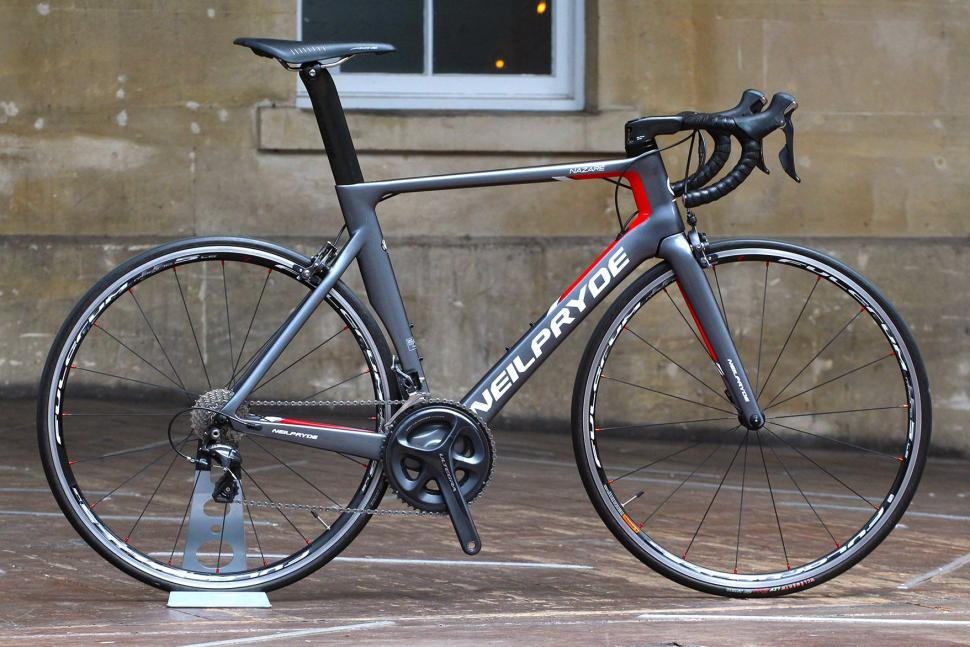
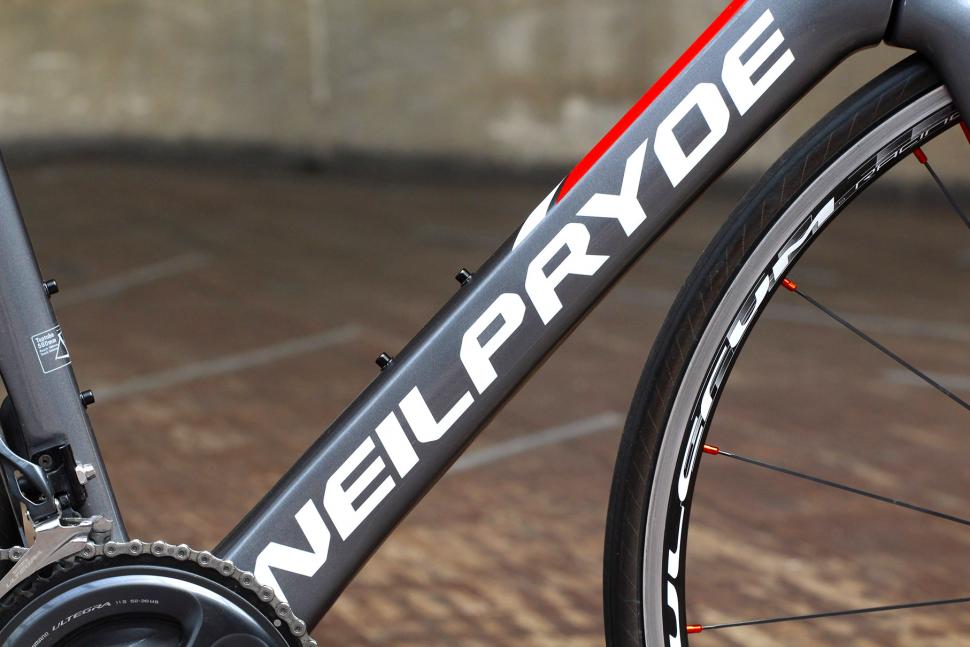
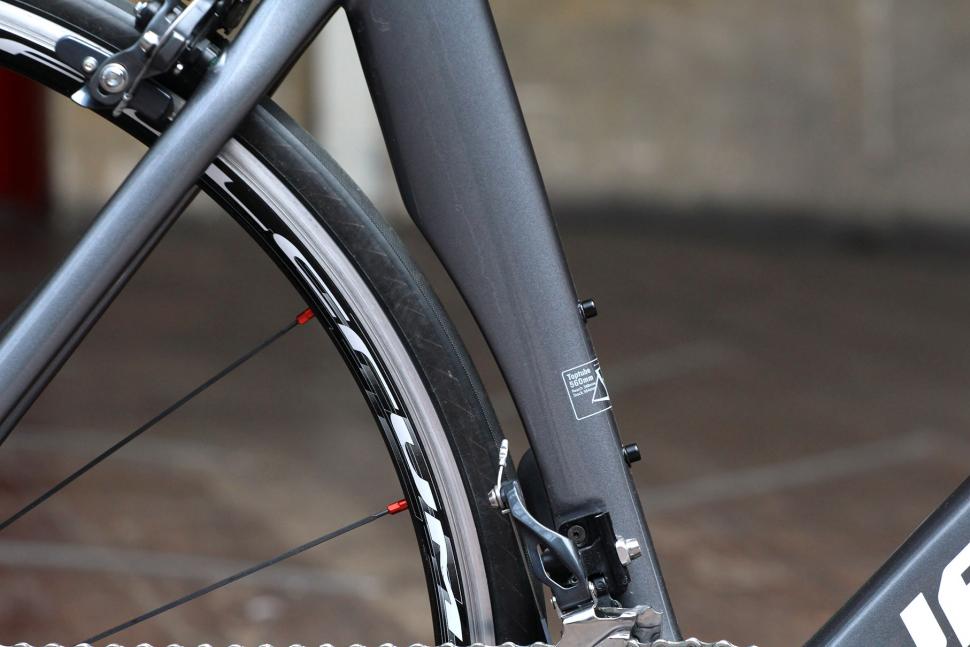

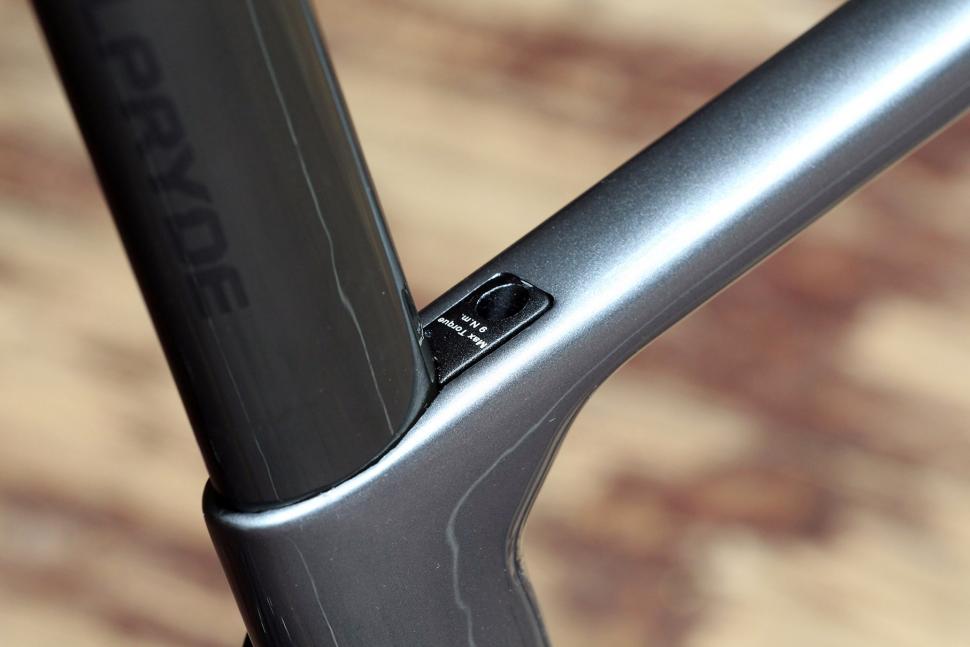


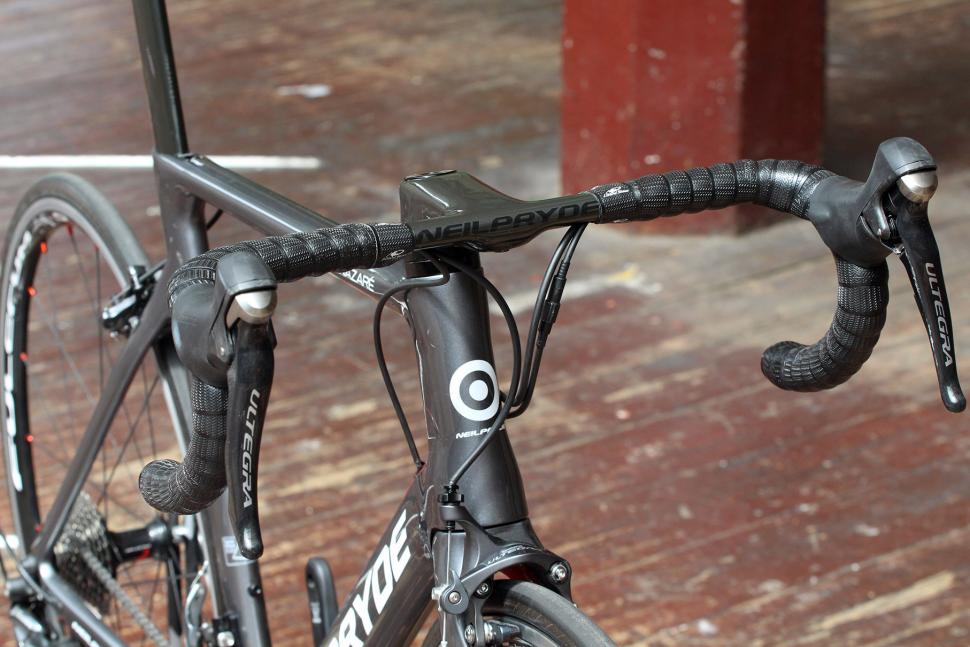

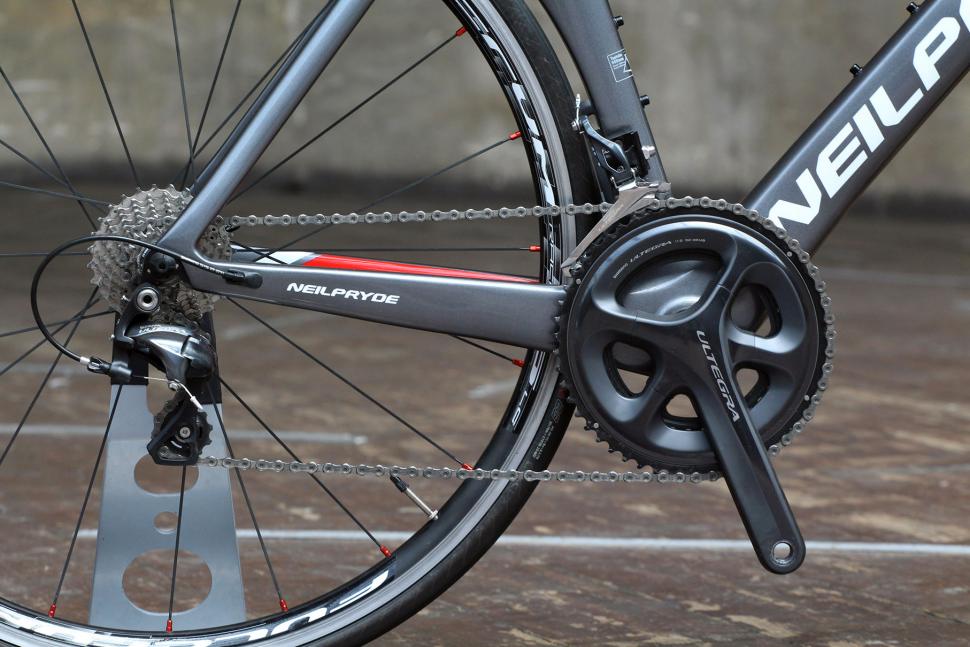

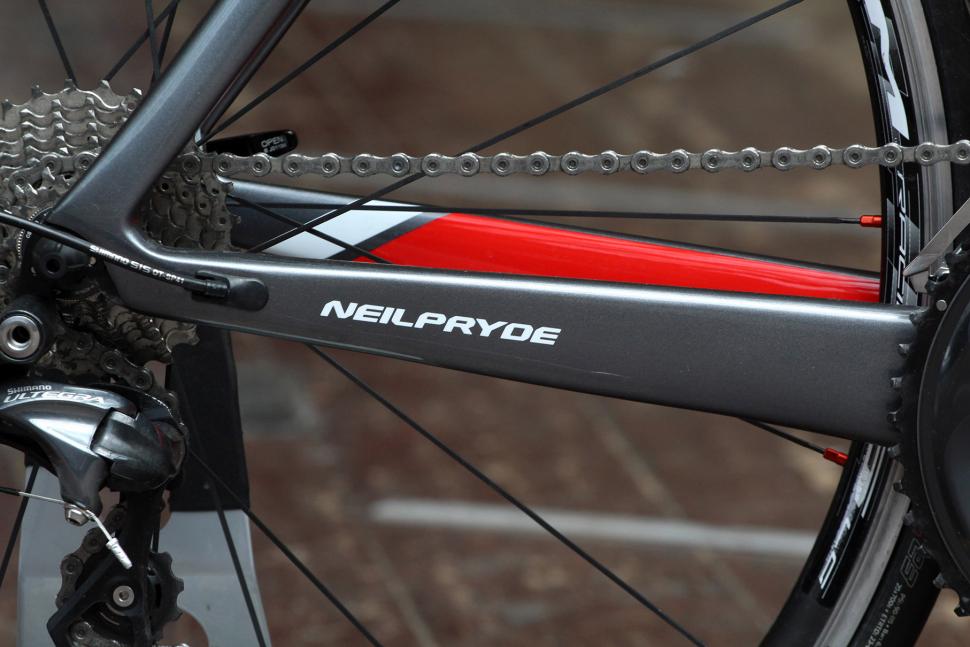
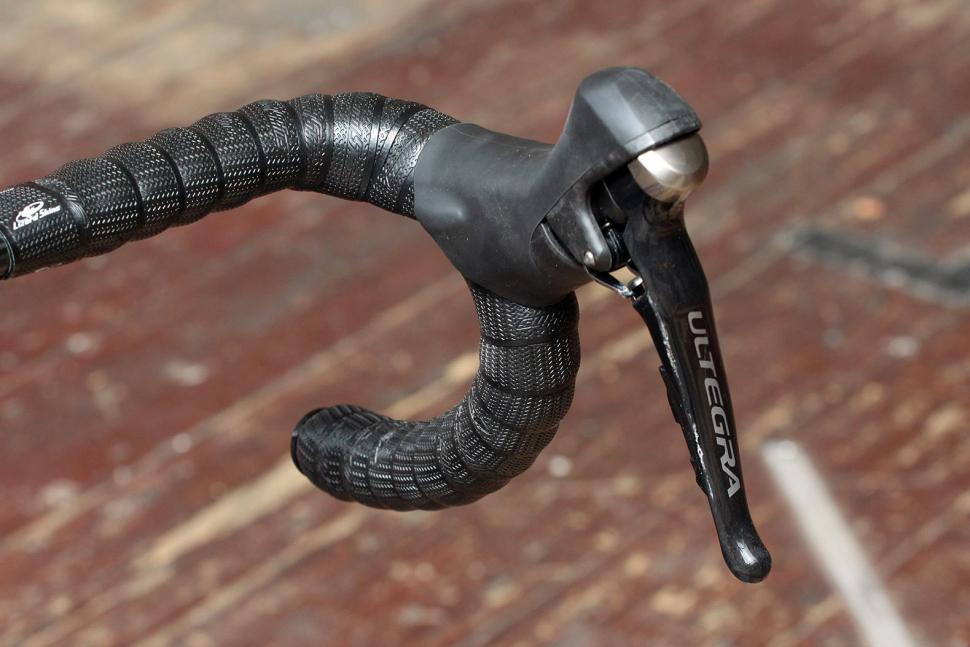

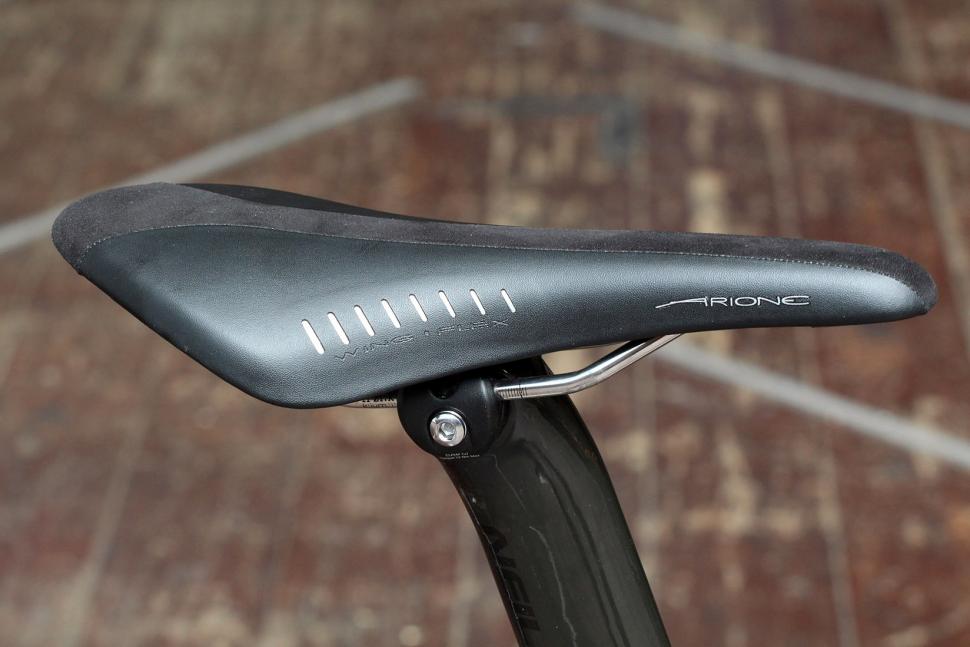




Add new comment
3 comments
Looks a nice bike, but prefer the raw carbon look as emailed to me by the chinese factory about 2 months ago...
A spot of levity, perhaps?
"the one wot we have here" - where's the editor lol?